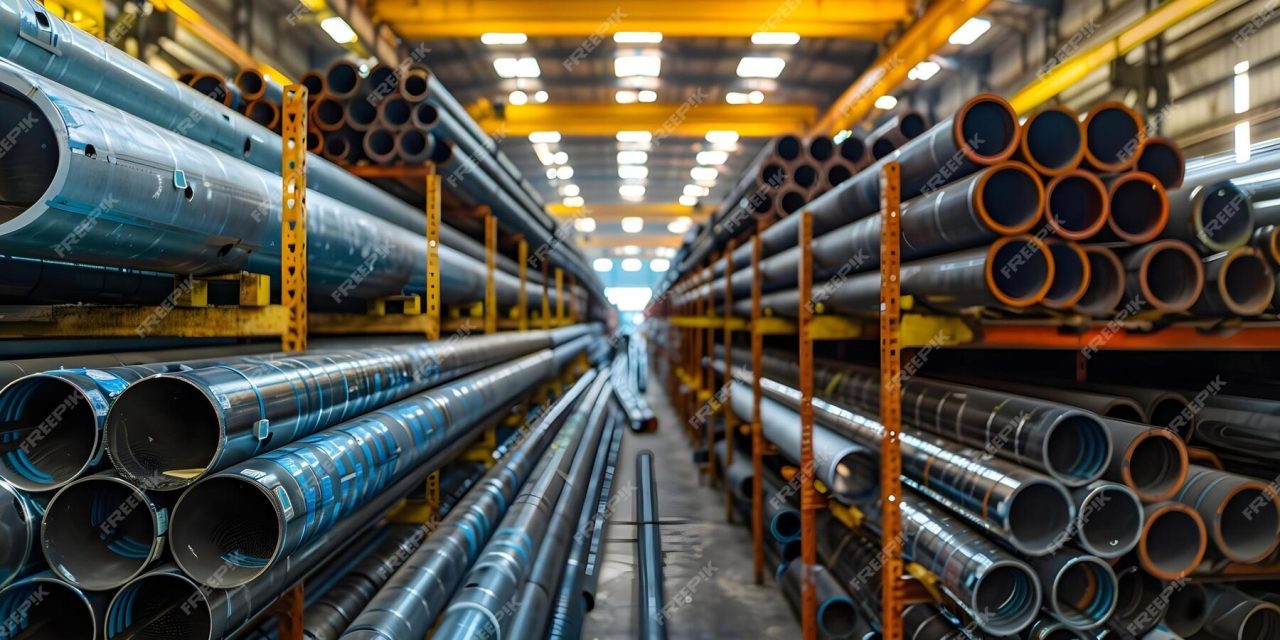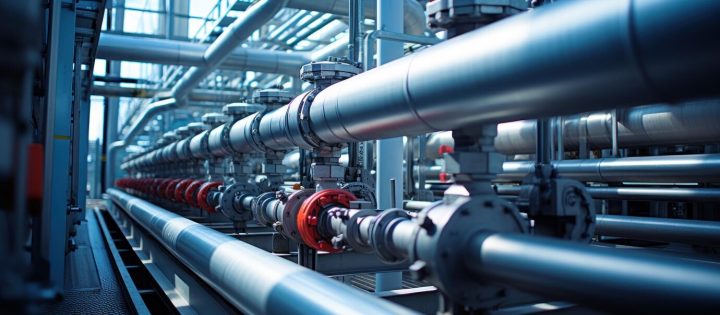Introduction
In the world of industrial materials, Hastelloy tubes have established themselves as indispensable components across various sectors, from chemical processing to aerospace applications. As we look ahead to 2024 and beyond, understanding the evolving landscape of Hastelloy tubes provides crucial insights into technological advancements, market trends, and their expanding role in key industries.
Evolution of Hastelloy Tubes
Hastelloy, a nickel-based alloy known for its exceptional corrosion resistance and high strength, has continuously evolved since its inception. Originally developed by Haynes International, Inc. in the mid-20th century, Hastelloy alloys have undergone significant advancements in composition and manufacturing techniques. These innovations have broadened their applicability in environments where traditional materials fail to meet stringent performance requirements.
Applications Across Industries
- Chemical Processing: Hastelloy tubes are extensively used in chemical processing industries due to their resistance to corrosion by oxidizing and reducing chemicals. They play a critical role in manufacturing acids, alkalis, and other reactive chemicals, ensuring operational safety and reliability.
- Aerospace and Defense: In aerospace applications, Hastelloy tubes are prized for their ability to withstand extreme temperatures and aggressive environments. They are used in aircraft engines, gas turbines, and military aircraft where durability and performance under pressure are non-negotiable.
- Oil and Gas: The oil and gas sector relies on Hastelloy tubes for offshore drilling platforms, refineries, and pipelines exposed to corrosive substances such as seawater and acidic gases. Their resistance to pitting, crevice corrosion, and stress corrosion cracking ensures operational continuity in harsh offshore environments.
- Pharmaceutical and Biotechnology: In pharmaceutical and biotechnology industries, Hastelloy tubes are preferred for their hygienic properties and resistance to contamination. They are utilized in manufacturing pharmaceuticals, processing biotechnological products, and handling corrosive chemicals used in research and development labs.
Technological Advancements
- Advanced Manufacturing Techniques: Recent advancements in metallurgy and manufacturing technologies have enhanced the quality and precision of Hastelloy tubes. Techniques such as vacuum melting, powder metallurgy, and hot isostatic pressing (HIP) have contributed to producing tubes with superior mechanical properties and reduced impurities.
- Customization and Innovation: Manufacturers are increasingly offering customized Hastelloy tubes tailored to specific industrial applications. This includes variations in alloy compositions, tube dimensions, and surface finishes to meet diverse operational requirements and enhance performance in challenging environments.
Market Trends and Challenges
- Growing Demand in Emerging Economies: The expanding industrialization in emerging economies like India, China, and Brazil is driving the demand for Hastelloy tubes. Rapid urbanization, infrastructure development, and increasing investments in chemical processing and oil exploration sectors are key factors contributing to market growth.
- Environmental Regulations and Sustainability: With heightened global focus on sustainability and environmental regulations, industries are under pressure to adopt materials that minimize environmental impact. Hastelloy tubes, known for their longevity and recyclability, offer a sustainable solution compared to alternative materials.
Future Outlook
Looking forward, the future of Hastelloy tubes appears promising with continued advancements in alloy development, manufacturing processes, and application technologies. Key areas of focus include:
- Enhanced Performance: Further improvements in alloy compositions to enhance resistance to emerging corrosive environments.
- Technological Integration: Integration with digital technologies for real-time monitoring of tube performance and predictive maintenance.
- Market Expansion: Continued penetration into new industrial sectors driven by evolving performance standards and regulatory requirements.
Conclusion
In conclusion, Hastelloy tubes stand at the forefront of industrial materials, offering unparalleled corrosion resistance, durability, and performance across diverse applications. As industries embrace technological advancements and sustainability imperatives, Hastelloy tubes are poised to play a pivotal role in shaping the future of manufacturing, infrastructure, and technological innovation in 2024 and beyond.
For more information on Hastelloy tubes and to connect with manufacturers and suppliers, you can visit Enggpro’s List of Hastelloy Tubes Manufacturers and Suppliers. By staying abreast of these industry insights and leveraging the capabilities of Hastelloy tubes, stakeholders can achieve operational excellence, mitigate risks, and drive sustainable growth in a rapidly evolving global economy.



